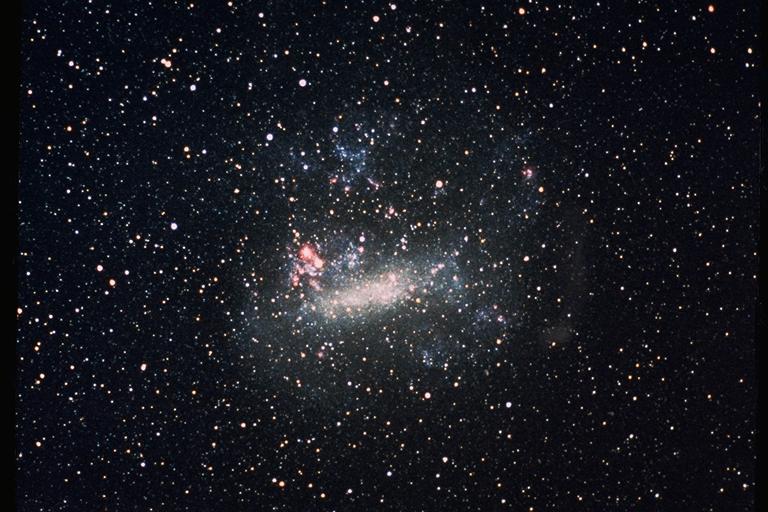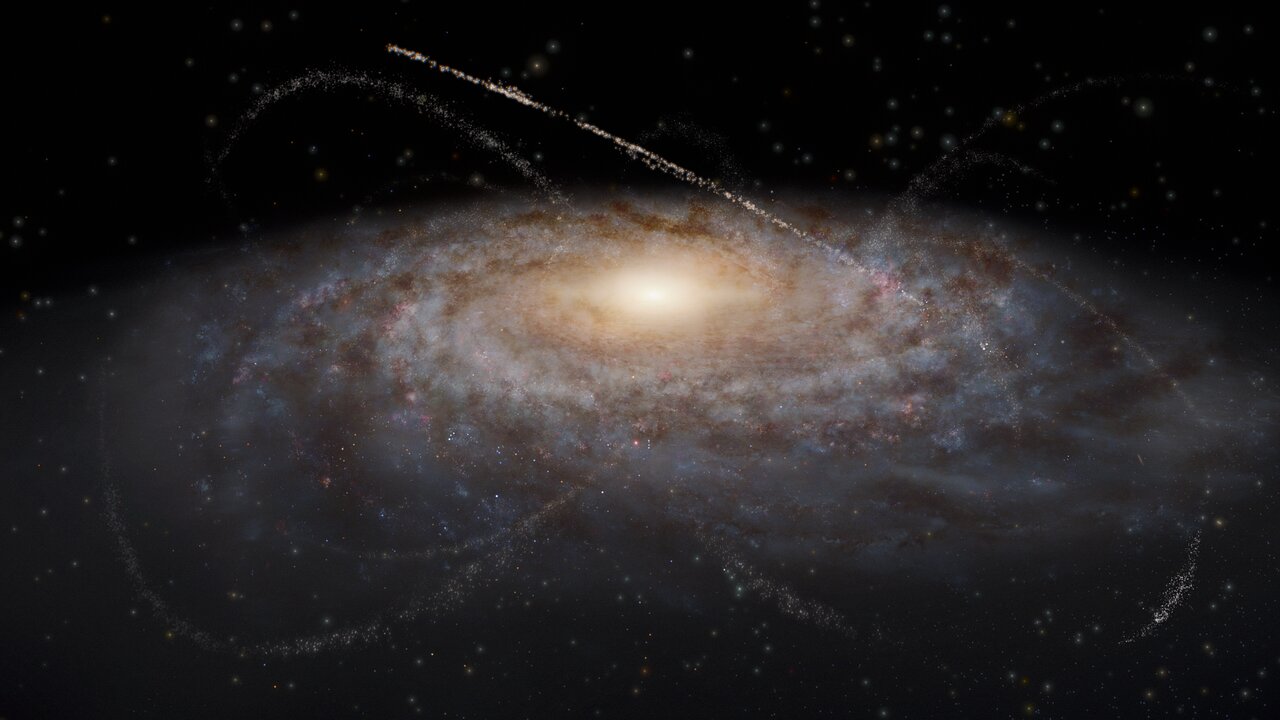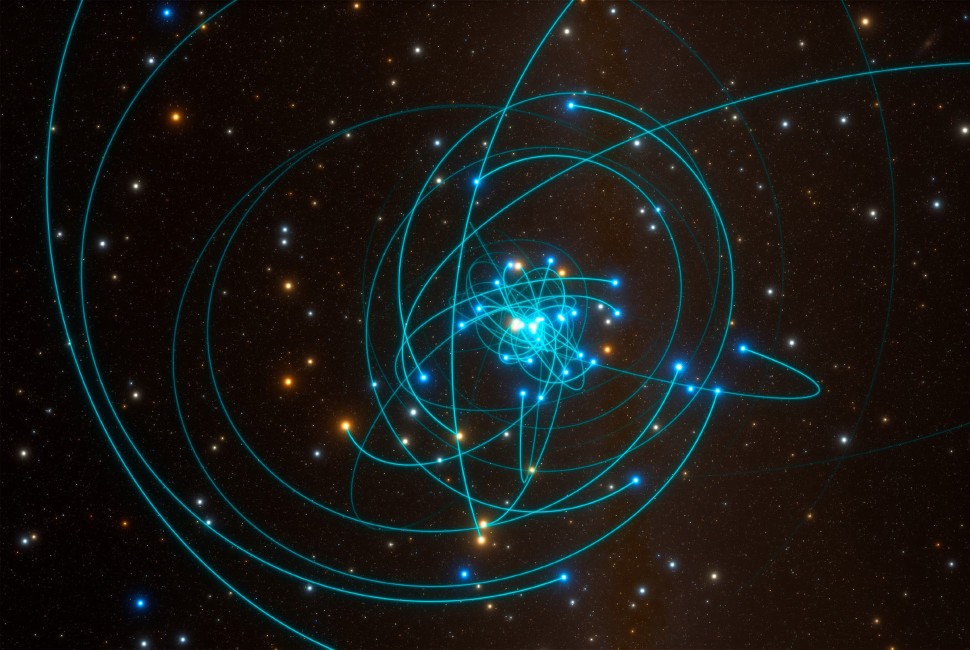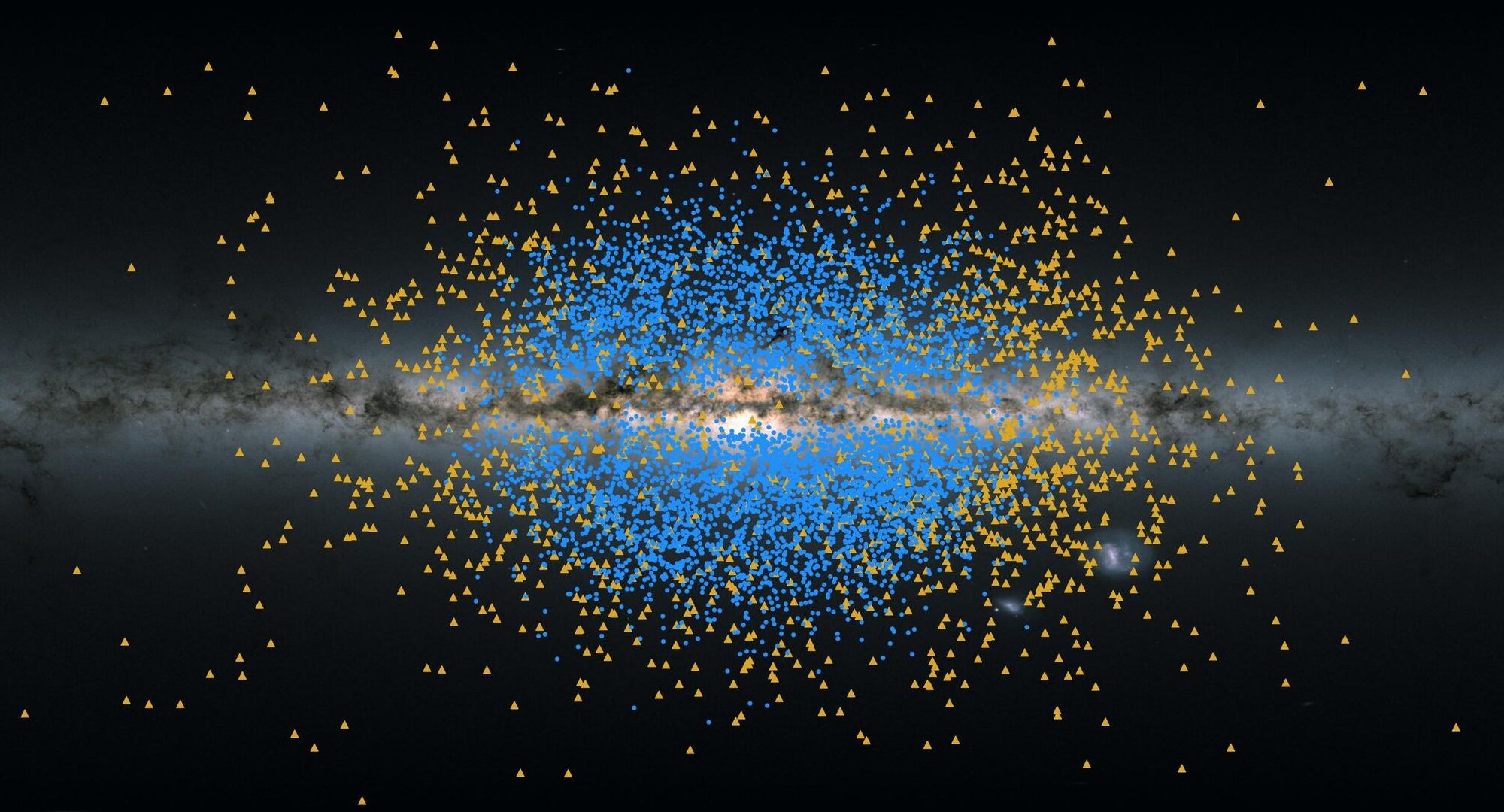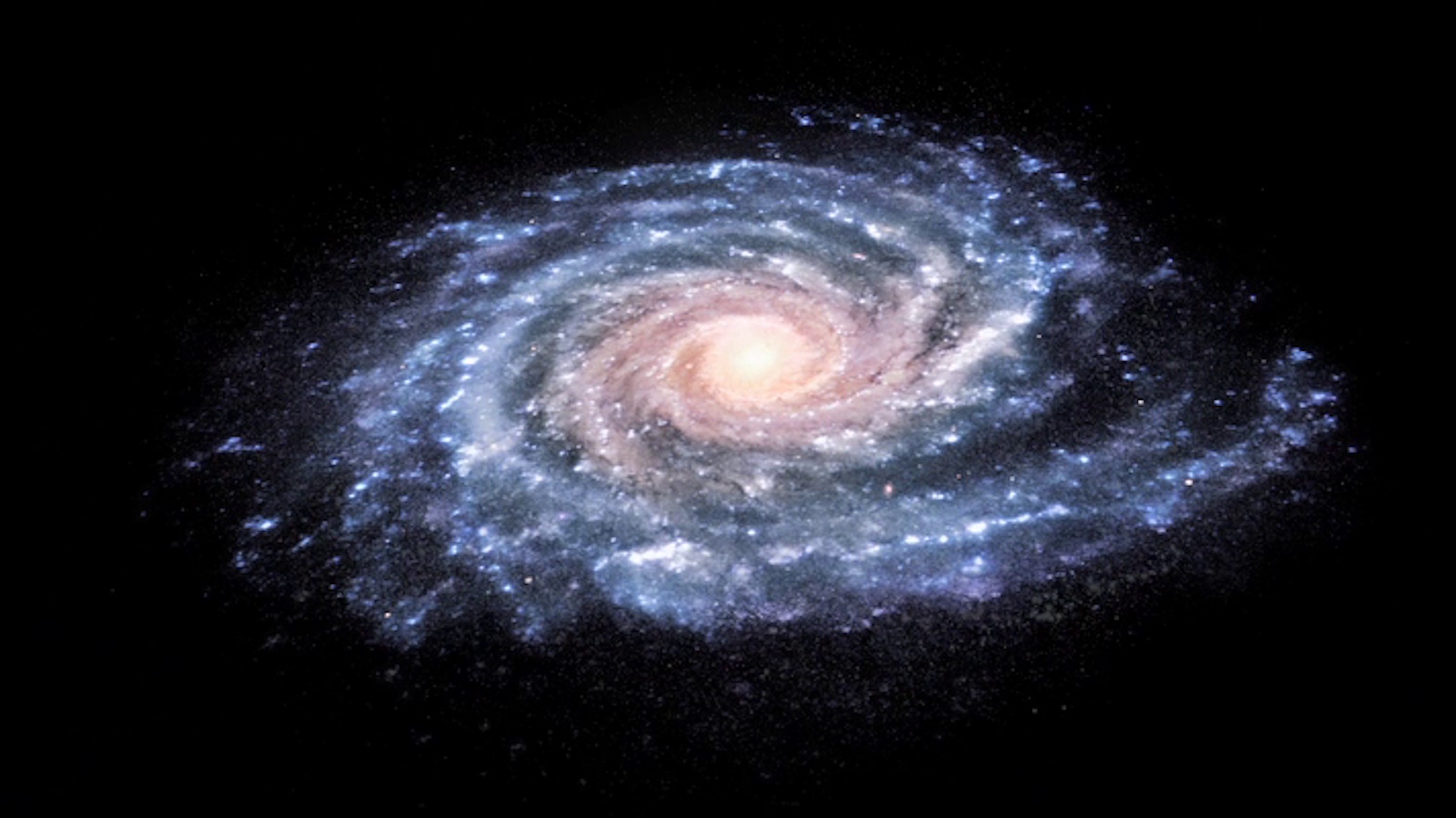Mention the Milky Way and most people will visualise a great big spiral galaxy billions of years old. It’s thought to be a galaxy that took shape billions of years after the Big Bang. Studies by astronomers have revealed that there are the echo’s of an earlier time around us. A team of astronomers from MIT have found three ancient stars orbiting the Milky Way’s halo. The team think these stars formed when the Universe was around a billion years old and that they were once part of a smaller galaxy that was consumed by the Milky Way.
Continue reading “Three of the Oldest Stars in the Universe Found Circling the Milky Way”Three of the Oldest Stars in the Universe Found Circling the Milky Way


